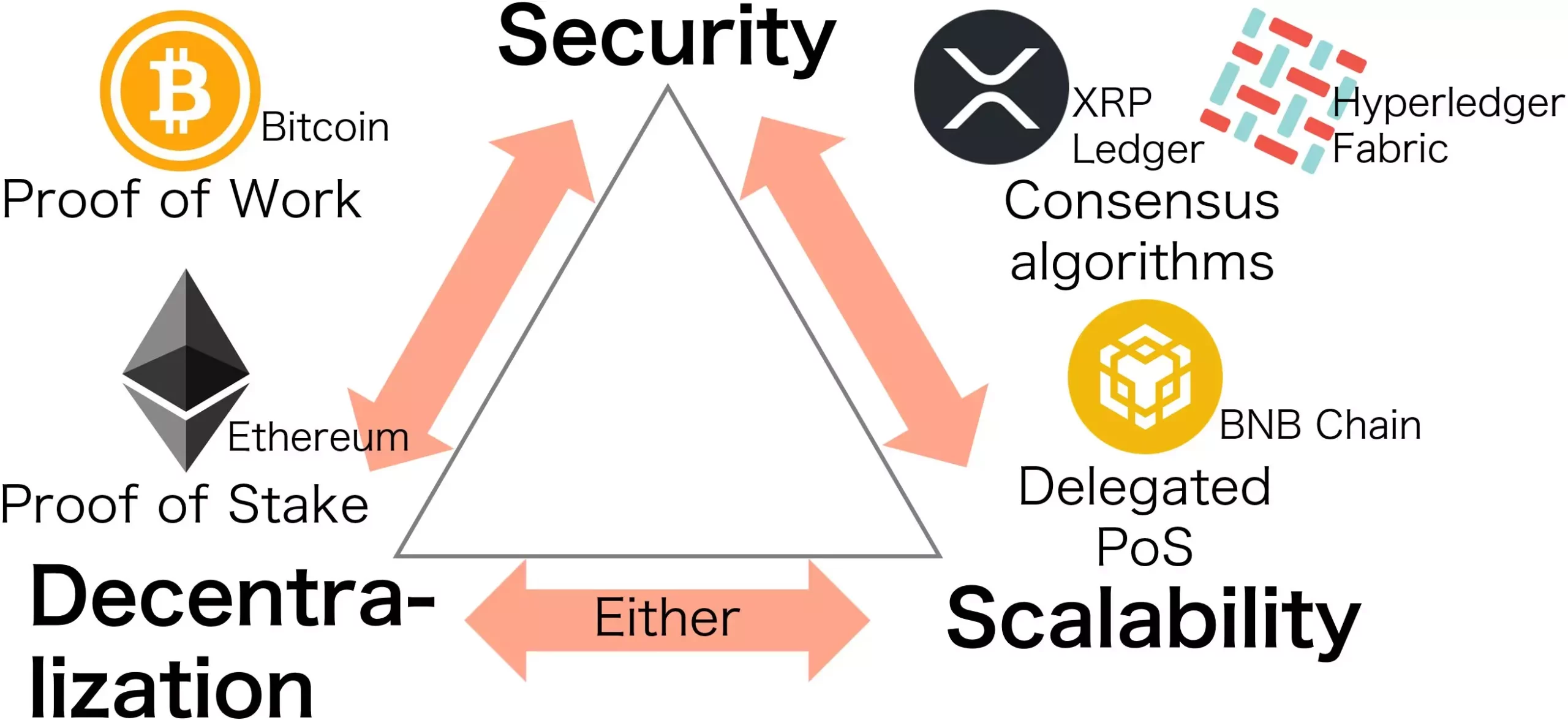In the realm of blockchain development, the so-called “trilemma” of scalability, security, and decentralization has long been a debated topic. It epitomizes the challenge developers face—striking a balance between these three fundamental elements while advancing the technology. Traditionally, it was believed that achieving all three simultaneously was impossible; you could only have two. However, a groundbreaking finding by a team of researchers from Kyoto University has opened new avenues for exploration, potentially shifting this paradigm.
Mathematical Foundation: A New Approach
The research team, led by Kazuyuki Shudo, has formulated a mathematical expression that operationalizes the blockchain trilemma. Their work focuses on Proof of Work systems, such as Bitcoin, where the interplay among scalability, security, and decentralization is quantified by a product outputting a consistent value. This presents a significant turning point—showing that improvements in one area could theoretically be made without substantial trade-offs in others. Shudo’s statement on the potential for enhancing scalability while preserving crucial attributes reflects a burgeoning optimism in resolving the long-standing tensions within blockchain design.
Innovative Solutions: Rethinking Transactions
The researchers propose two primary methods for amplifying scalability: reducing block sizes and increasing transaction speeds. These suggestions are not merely theoretical; they can be realized through innovations such as Bitcoin’s Compact Block Relay, which streamlines transaction sizes, making the process more efficient. The notion of acceleration in transmitting blocks is another concrete tactic that emphasizes the importance of speed in achieving greater scalability. The focus on tangible improvements indicates a shift from speculative discussions to actionable solutions, setting a precedent for future advancements in blockchain technology.
Examining Past Attempts and Future Directions
Historically, many have attempted to untangle the trilemma and propose solutions. However, as Shudo points out, the degree to which these proposals compromised security or decentralization remains ambiguous. This creates a vacuum of trust and clarity in the developer community, as stakeholders are left questioning the intentions behind various scalability techniques. By drawing from previous work on security indices and incorporating scalability factors, the Kyoto University team adds a much-needed layer of scrutiny to existing methods. This blend of theoretical rigor and practical application could pave the way for a more dependable understanding of blockchain dynamics.
The Proof of Stake Transition: A New Dawn
Furthermore, while the research emphasizes Proof of Work’s current technological landscape, it acknowledges the growing influence of Proof of Stake, particularly as Ethereum undergoes significant changes. This dual focus indicates a nuanced perspective, recognizing that while Bitcoin’s foundational structure plays a pivotal role, emergent technologies could provide alternative pathways to solving the trilemma at hand. By broadening the exploration to include various consensus mechanisms, the researchers are not just looking at a singular aspect of blockchain but are instead fostering a comprehensive dialogue about the future of decentralized technologies.
Through an innovative mathematical framework and a commitment to practical solutions, the Kyoto University researchers are challenging the status quo. Their work stands as a beacon of possibility, hinting that the longstanding trilemma might not be an immutable barrier, but instead a complex puzzle awaiting a multifaceted resolution.

